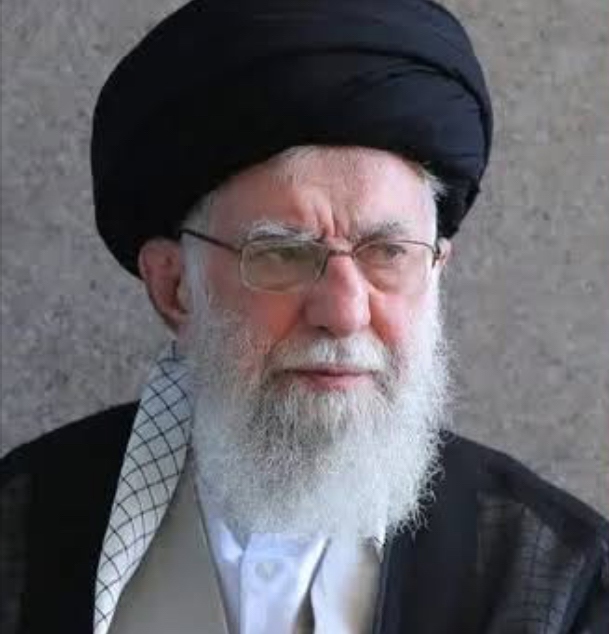NFL
“Ebrahim Raisolsadati Pledges a Deadly Response Against Over 100,000 U.S. Military Forces Unless the U.S. Government Immediately Ceases All Military Operations Against Iran”

On June 24, 2025, Iran’s President Ebrahim Raisolsadati issued a stark warning to the United States, pledging a deadly response that could target over 100,000 U.S. military personnel unless the U.S. government halts all military operations against Iran immediately. The statement, delivered amid escalating tensions in the Middle East, marks a dramatic escalation in the ongoing conflict that has pitted Iran against Israel and, more recently, the United States.
Raisolsadati’s threat comes in the wake of a series of military strikes, including a significant U.S. operation on June 21 targeting Iran’s nuclear facilities at Fordo, Natanz, and Isfahan. The U.S., under President Donald Trump, claimed the strikes were necessary to prevent Iran from developing nuclear weapons, a move that has drawn both international condemnation and domestic debate. Iran has responded with retaliatory missile attacks, wounding civilians in Israel and heightening fears of a broader regional war.
In a televised address, Raisolsadati accused the U.S. of violating Iran’s sovereignty and warned that continued aggression would provoke an unprecedented retaliation. “The United States must cease its hostile actions at once, or our forces will respond with a force that will ensure the safety of our nation, even if it means targeting their military presence across the region,” he declared. While he did not specify the exact nature or timeline of the response, the mention of over 100,000 U.S. troops suggests a potential coordinated strike on American bases in the Middle East, where nearly 40,000 personnel are stationed.
The U.S. military presence in the region, including bases in Qatar, Bahrain, and Kuwait, has been on high alert following the recent strikes. Analysts note that Iran’s capability to execute such a large-scale attack remains uncertain, given recent Israeli and U.S. operations that have degraded its ballistic missile and air defense systems. However, Iran’s history of using proxies and its stockpile of drones and missiles could still pose a significant threat, particularly if supported by allies like the Houthis in Yemen or militias in Iraq and Syria.
The international community has reacted with alarm. Calls for an immediate ceasefire have intensified, with the United Nations Security Council convening emergency sessions to address the crisis. Meanwhile, Trump has doubled down, warning Iran of “even greater force” should it retaliate, while also floating the idea of regime change—a prospect that has sparked protests in several U.S. cities and criticism from some lawmakers who question the legality of the strikes without congressional approval.
Iran’s leadership appears to be weighing its options carefully. Recent military setbacks, including the loss of key commanders and the disruption of its nuclear program, may limit its ability to follow through on such a bold threat. Yet, the rhetoric suggests a determination to project strength, especially as domestic pressure mounts amid civilian casualties and economic strain from sanctions. Whether this is a bluff to force negotiations or a genuine intent to escalate remains unclear, but the stakes could not be higher.
As the situation unfolds, the world watches nervously. The U.S. has signaled readiness to defend its troops, while Iran’s next move could determine whether this conflict spirals into a full-scale war or subsides into a tenuous ceasefire. For now, Raisolsadati’s pledge hangs as a grim reminder of the fragile balance in the region, with the lives of tens of thousands potentially in the balance.
LISPRINCE












